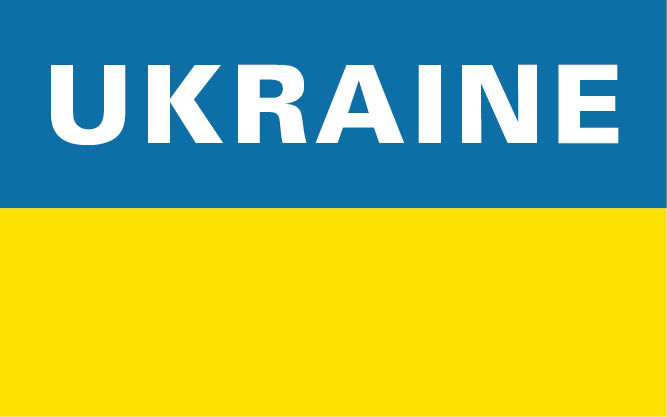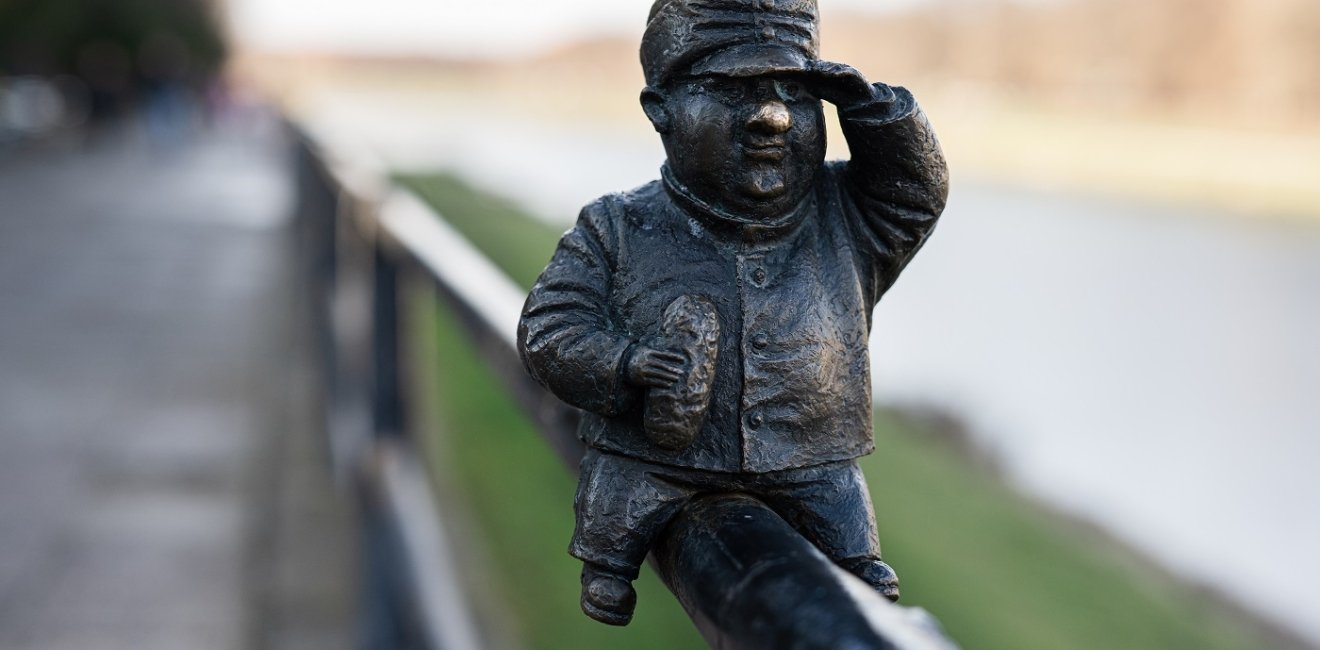
A blog of the Kennan Institute
The more Russian forces try to destroy Ukrainian culture, the more it springs back to life. As the posts here reveal, adaptable Ukrainian artists in every genre have kept creating no matter what the Russians have thrown at them. The arts rise into prominence whenever danger wanes. Ukrainian artists and their audiences seek out basements and street corners, bomb shelters and public squares, and concert halls and galleries abroad to celebrate what it means to be Ukrainian.
When Russian rocket blasts shut down electricity and water in the east, some Ukrainian performers head to their country’s western provinces, where they find sanctuary, partners, and fans. As noted in my June 10, 2022, blog post, the Transcarpathian regional capital of Uzhgorod has come to play an ever more vital role in promoting Ukrainian culture.
For centuries before the upheavals unleashed by World War I and the subsequent collapse of empire in Eastern Europe, Uzhgorod—then known as Ungvár—remained under Hungarian rule. Over the past century, the town has been part of Czechoslovakia, Nazi-controlled Hungary, and the Soviet Union. This history has not been kind to the city and its residents. The Germans exterminated its once large and vibrant Jewish community during the Holocaust; the Soviets expelled its Hungarian majority after the war. Over the past three-quarters of a century, Uzhgorod has been an important transit point between the Soviet Union, and now Ukraine, and Central Europe.
A city of 120,000 mostly Ukrainian residents prior to the outbreak of the current war, Uzhgorod’s Hapsburgian charms made the town a favored jumping-off point for alpine tourism in the surrounding Carpathian Mountains. Uzhgorod developed a cultural scene distinctive in Ukraine as it fell within the field of gravity of such European cultural centers as Budapest, Vienna, Prague, and Berlin.
Still largely unscathed by Russian attack, that scene is becoming a creative, safe haven for Ukrainian artists from the country’s eastern regions. Once in Uzhgorod, displaced artists receive sustained support for their work from local communities and institutions embracing the newcomers and their creativity. The Transcarpathian Regional Philharmonic has emerged as an important artistic patron.
The orchestra came into being at the very end of World War II. A year later, the USSR Ministry of Culture turned the synagogue of the city’s massacred Orthodox Ashkenazi Jewish community over to the philharmonic to serve as its primary concert hall. Built in 1904 by architects Gyula Papp and Sabolcs Ferenc on the same plans of their synagogue project in Vienna, the building combines romantic, Byzantine, and Moorish styles in vogue throughout fin-de-siecle Central Europe. Carefully restored and maintained, the building is an exquisite jewel box dedicated to music.
The philharmonic and its constituent groups—including a symphony orchestra, wind orchestra, chamber orchestra, and folkloric ensemble—have continued to perform over the past several months, featuring European classical, Transcarpathian vernacular, and “pops” music. In addition, it has hosted productions by UZHIK, the Theater Company of Re-settlers, featuring displaced Ukrainian theater artists. UZHIK features young performers who have entered local colleges and universities to continue their studies. Andrey Kurkov, writing for the Kyiv Post, praised the group’s recent productions of Shakespeare’s King Lear and Samuel Beckett’s Waiting for Godot. He found the portrayals of Vladimir, by Irpin schoolteacher Oleksiy Dashkovsky, and Estragon, by Kryvyi Rih refugee Sophia Almas, noteworthy.
The symphony continues its own recitals, promoting its younger members as well as visiting headliners, which range from People's Artist of Ukraine Taras Petrynenko, in a duet with People's Artist of Ukraine Tetyana Horobets; to charismatic New Wave singer Shumei; to an evening of music composed by early 20th century Russian colorist Alexander Scriabin. The Armed Forces of Ukraine have supported these events, underscoring the importance of the arts to the Ukrainian war effort.
The Russian war machine has attacked Ukrainian cultural and educational institutions unrelentingly from the earliest days of its campaign to reclaim Ukraine as Russian. It has bombed and pillaged theaters, libraries, and museums; it has outlawed Ukrainian language conversation in areas it has occupied; it has strived to convince the world that there is no such thing as Ukrainian culture.
These efforts have only made the Ukrainian artistic community more resilient. Displaced theater artists from Irpin and Kryvyi Rih, to mention just two examples, find ways to perform in relatively safe havens such as Uzhgorod. Like the children’s game of “Whac-A-Mole,” every time the Russians bring their hammer down in one place, Ukrainian artists find ways to reassert themselves elsewhere.
The opinions expressed in this article are those solely of the author and do not reflect the views of the Kennan Institute.
Author

Former Wilson Center Vice President for Programs (2014-2017); Director of the Comparative Urban Studies Program/Urban Sustainability Laboratory (1992-2017); Director of the Kennan Institute for Advanced Russian Studies (1989-2012) and Director of the Program on Global Sustainability and Resilience (2012-2014)

Kennan Institute
The Kennan Institute is the premier US center for advanced research on Eurasia and the oldest and largest regional program at the Woodrow Wilson International Center for Scholars. The Kennan Institute is committed to improving American understanding of Russia, Ukraine, Central Asia, the South Caucasus, and the surrounding region through research and exchange. Read more

Explore More in Focus Ukraine
Browse Focus Ukraine
Talking to the Dead to Heal the Living

Ukrainian Issue in Polish Elections




